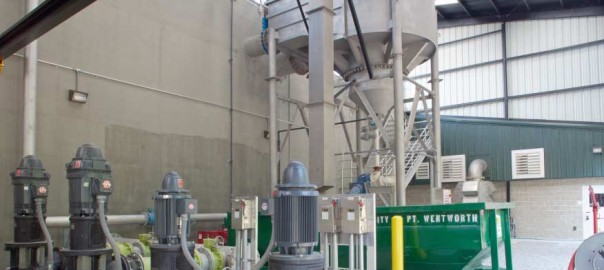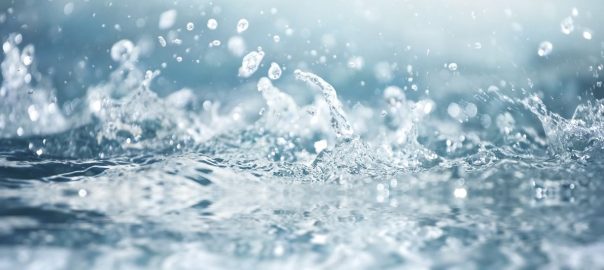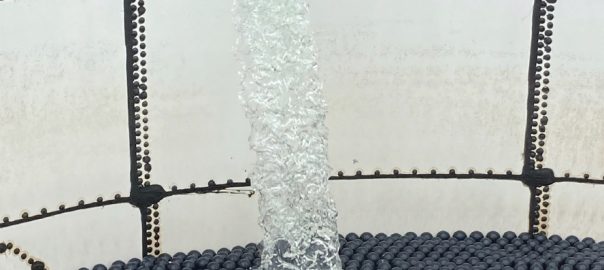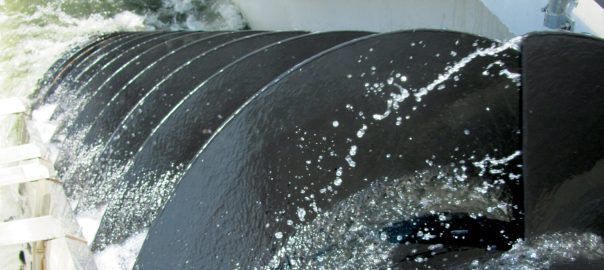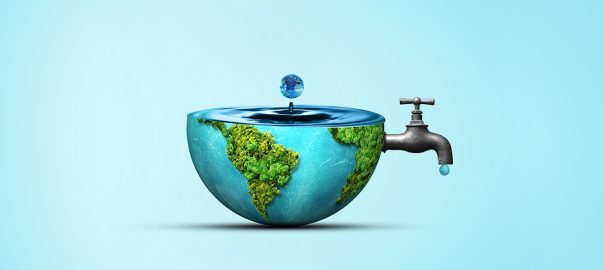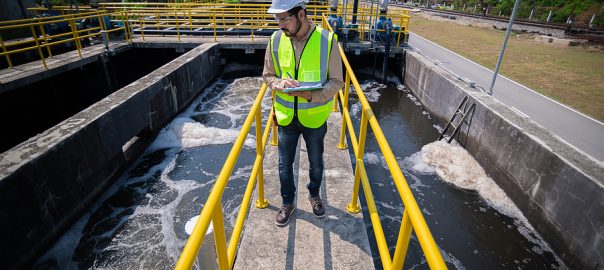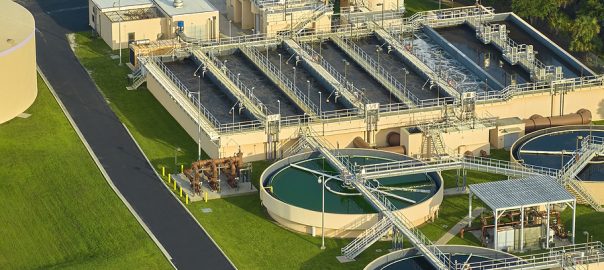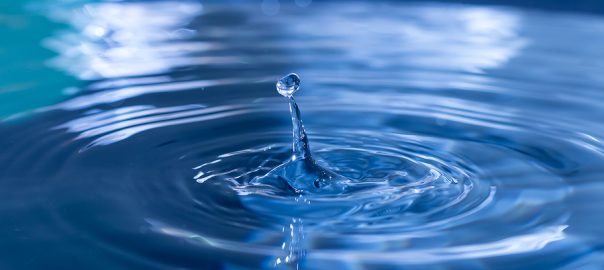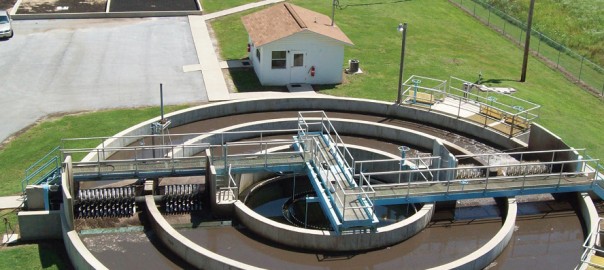
The 2021 Report Card for America’s Infrastructure gave the nation’s wastewater infrastructure a lousy grade. There are over 16,000 wastewater treatment facilities in the U.S. What’s alarming is that 80% of them are nearing capacity, and 15% are at or over capacity. In 2019, the gap between the money needed for repairs and upgrades versus what was spent was over $80 billion.
When cities and municipalities receive money for upgrades and maintenance, they must prioritize where to spend the money. It’s equally important to properly use the money from the home and business owners in your wastewater district. Before making any improvements, carefully plan how to best spend the money you’ve set aside. What equipment should you upgrade first to maximize your district’s infrastructure? What can you do to lower costs and improve efficiency?
Factor the Growth Within Your Community
Before making any changes, it’s time to sit down and look at the growth trends in your municipality. How much population growth has happened in the past year, five years, or ten years? How long with your current setup before you reach capacity? Are you already there?
If the city is growing faster than your facility can manage, it’s something that you must address with city developers and planners. Impact fees can help offset the burden of each new home on your community’s infrastructure. Make sure those fees bring in the money needed to grow your wastewater treatment plant at a rate that keeps up with the changes. If not, it’s important to speak up sooner rather than later.
You don’t want to run into issues where the wastewater coming in is too much and requires emergency measures. Often, untreated sewage gets released into a lake or river. The fines for this can be excessive, so you have to plan for growth carefully.
Fines aren’t the only issue. In October, a wastewater treatment plant in Maryland had diluted, untreated sewage release into St. George Creek, affecting an oyster farm. The farm’s owners had no idea this had happened and harvested thousands of oysters that refrigerated and shipped to festivals in Northern Virginia. Over two dozen people who ate those oysters became ill, so there is a risk of lawsuits related to food poisoning cases on top of fines.
Invest in Alternative Energy
It’s estimated that up to 10% of a municipality’s budget goes towards energy bills. Much of this comes from the energy needed to run a wastewater treatment plant. You have motors, pumps, computers, and other wastewater equipment running all day and night throughout the year. Electricity alone eats up as much as 40% of a wastewater treatment plant’s operating costs. Saving money isn’t as hard as you might think.
A Palmyra, Wisconsin, wastewater treatment facility upgraded its aerators, reducing energy consumption by 50% and lowering electricity bills by over $1,000 every month.
A Chapel Hill, North Carolina wastewater treatment plant upgraded the aeration system and mixers, saving almost $30,000 a month.
In 2010, Appleton, Wisconsin, added a biogas (methane) boiler to the facility. That change saved the plant more than $8,300 per month. After rebates, the plan spent just over $500,000 for the boiler. Within five years, it’s expected the savings will have offset the expenditure.
Those were minor, cost-effective upgrades that led to impressive savings. It gets even better.
A wastewater district in the Boston area saved around $1.5 million each year by undergoing an energy audit to find where to best make changes. They didn’t make these changes overnight.
Over a decade, the Greater Lawrence Sanitary District spent about $4.5 million making smaller changes like upgrading the aeration system and adding variable-speed pumping system drives. It replaced older lighting with energy-efficient fixtures, installed solar panels, and insulated the digesters.
California’s Moulton Niguel Water District, logical controllers and variable-frequency drives were installed to control pump speeds. The facility saved about $300,000 per year by upgrading to energy-efficient equipment. If you made similar changes at your plant, you could save thousands and offset the cost of the improvements in little time.
The methane produced during wastewater treatment can heat your plant. Upgrade your heating system to trap the methane and reuse it as your primary heating fuel. You don’t have to spend thousands on natural gas, wood, heating fuels, or electricity. Renewable energy is the responsible, cost-effective way to start heating your plant. It also reduces greenhouse gasses.
If you haven’t looked into solar or wind power, it’s time to consider it. You can add solar panels to roofs or empty land. There are solar systems that float on wastewater treatment ponds. If it’s windy in your area, tapping into the wind’s power also helps you generate the electricity needed to power your wastewater treatment facility.
Consider the Savings Gained With Newer Equipment
How much of your equipment is older? Before you consider the changes to make, you should inventory the equipment you have, its age, and how much of your time is spent maintaining it. If you have equipment that is being shut down for maintenance each day or several days per week, it’s time to look into replacing it.
Learn how the energy is used within your plant. Outdated equipment will use a lot of energy, so replacing them helps lower your costs. But, there are other aspects to consider. If a room is empty for hours, do the lights get turned off, or are they on anyway. Motion-activated lighting might be a worthwhile improvement. Are light fixtures older with fluorescent bulbs, or have you upgraded to cheaper LED fixtures?
Upgrading your equipment is an excellent way to reduce your energy consumption. Older pumps use a lot more energy than new pumps designed with energy efficiency in mind. Pumps constantly run as pumps move the wastewater up hills and from one station to another before moving it to the mainline to go into the wastewater treatment plant. The wastewater is pumped through screens and grit removers before going to clarifiers. Sludge and grit are pumped out to be composted, sent to the landfill, or to incinerators. These pumps are always running, and that drives up costs.
Fine bubble aeration is one of the many effective ways to lower costs. If you’re using older aeration systems, upgrading is a smart move. Adding systems that automate the process helps you save more money on electricity bills. Together, aeration and pumping make up an average of 70% of a plant’s energy usage.
Where do you start? The best improvements come down to your current plant design. Automated process controls are one of the first steps to take if you want to reduce energy consumption. If you haven’t automated your plant, it’s time. With a Sharp BNR process control system’s Programmable Logic Controller, water treatment processes are monitored 24/7, and aeration is increased and decreased as needed to maximize efficiency.
Lakeside Equipment’s experts can discuss your goals and help you choose the best areas to upgrade. You’ll gain efficiency while meeting the increasing demand in a growing community. Talk to us about your treatment goals to better understand where your current system isn’t doing as much as it should.


